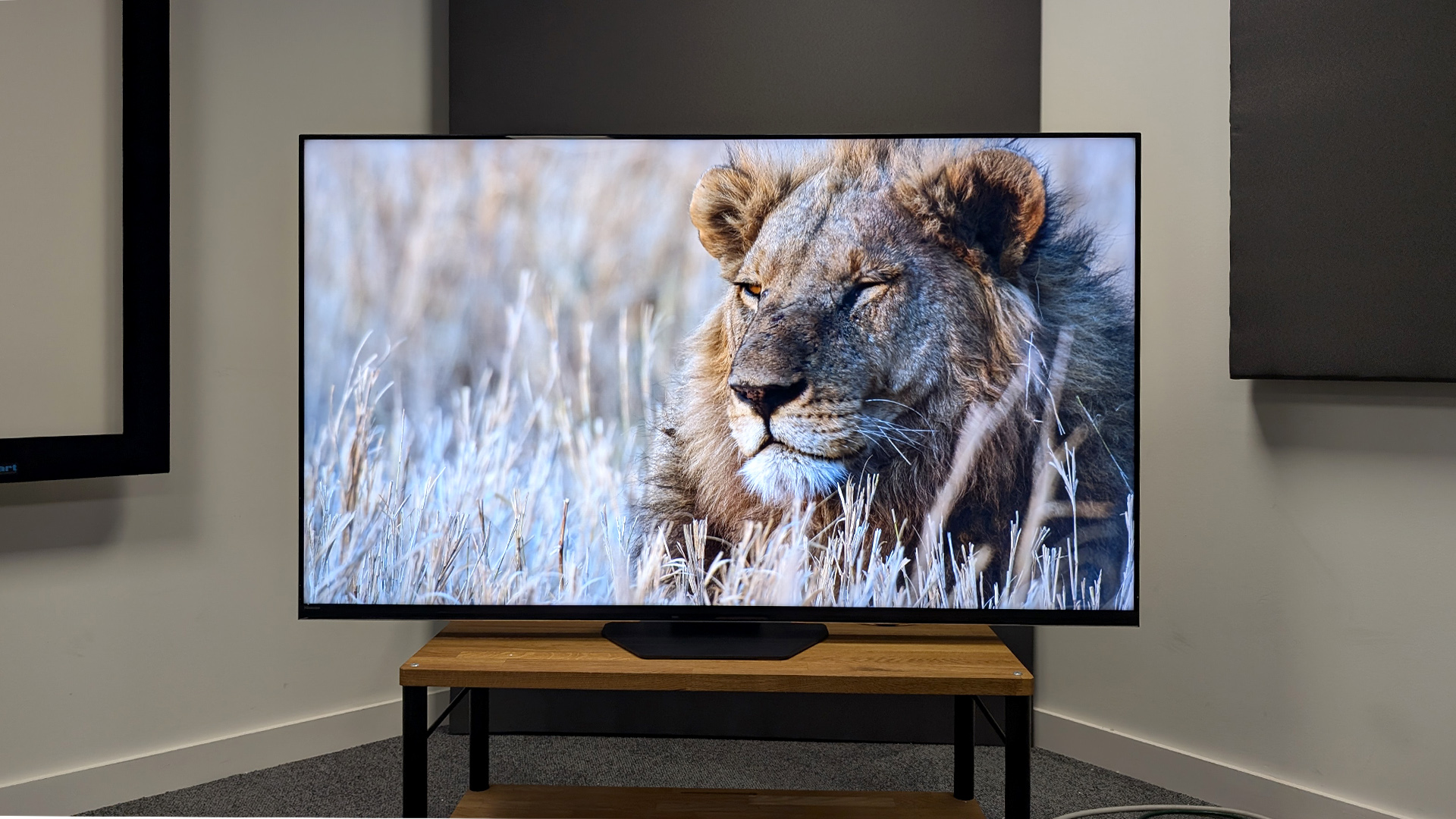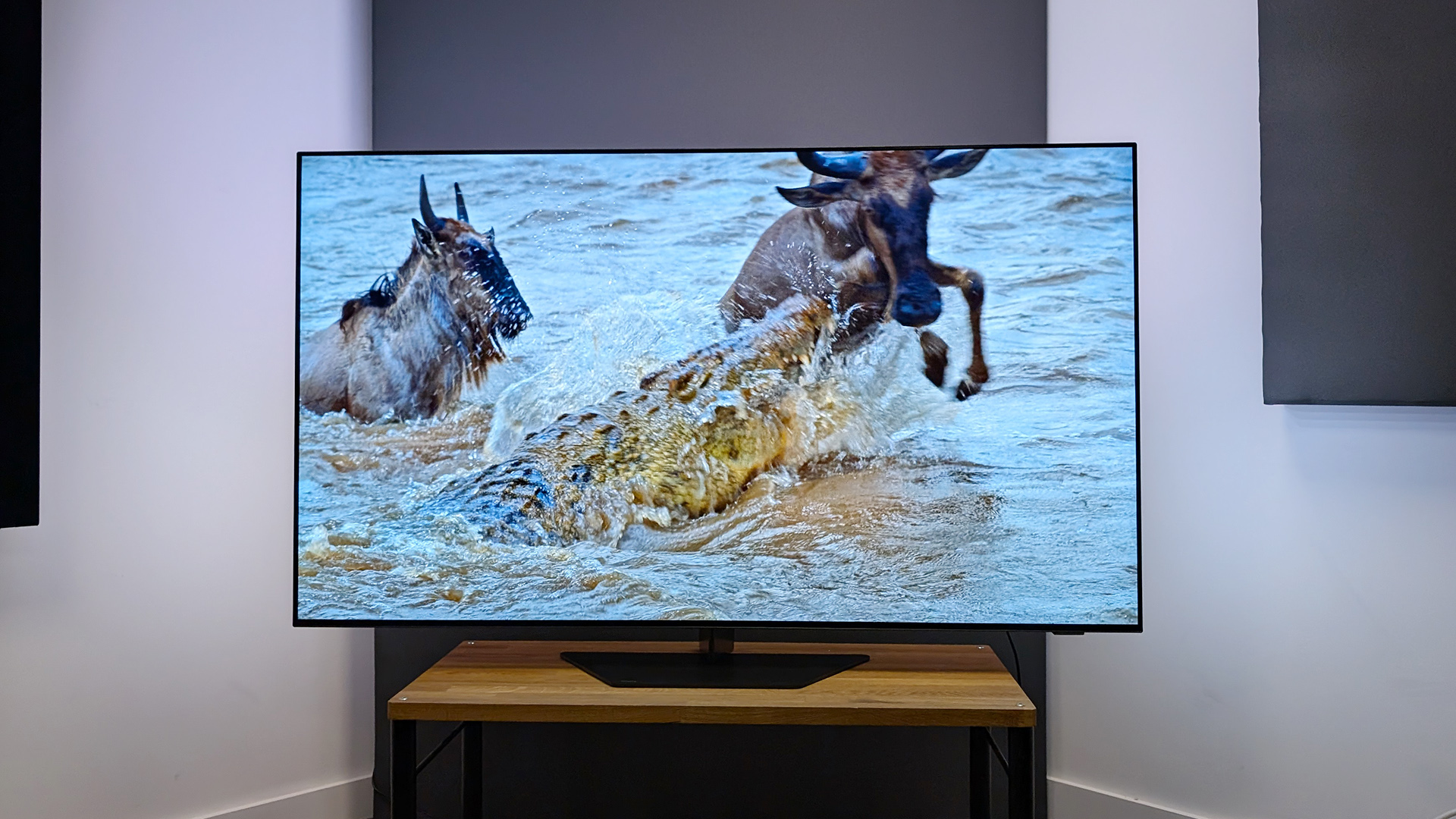
The TV market is a very competitive place at the moment. Just look at our best TV guide and you’ll see a sea of great, five-star sets that would have been easy candidates for product of the year, even a few years ago.
At the top end of the market, this has been shown by the Samsung S95D, which our reviewers openly describe as the company’s finest OLED to date. On the other side of the fence the same is true of the LG G4 OLED TV, which proved to be a huge step up on its predecessor when we reviewed it, hence its five-star rating.
Underneath these great, but very expensive sets there’s also a surge of great value Mini LED TVs from upstart brands, including Hisense and TCL – the latter of which won a What Hi-Fi? Award for its amazing value TCL C845K last year.
So, I understand the urge company executives have to try and differentiate their wares and point at an easy to understand, quantifiable stat that “proves” their TV is “better”.
My issue is that the one that seems to have been chosen by all of them isn’t one that can holistically guarantee improved picture quality. In fact, based on the latest two TVs I helped review, it can hinder it.
I’m specifically referring to the ongoing focus on peak and max brightness levels in the TV market. This has been a battleground in OLED for a while, but one that has gone completely overboard in the last couple of years thanks to the arrival of QD-OLED and Micro Lens Array (MLA) – two technologies specifically designed to let OLEDs offer radically better max brightness levels, some to the tune of 3000 nits.
Mini LED has been focused on this for even longer, with it being a key area in which the panel tech can beat OLED – which has traditionally struggled to generate the same peak brightness thanks to the way it creates images by charging individual pixels.
If you look at the promotional material from TCL and Hisense, both have gone even harder, pushing max brightness as the be all and end all stat for TVs this year. TCL representatives were outright gleeful when they revealed the company’s cutting edge X11H Mini LED set will have a 6500 nit max brightness.
So what's my beef? It’s not because having a high max brightness is bad. In fact when done right and paired with the correct other ingredients it can really help improve picture quality. We said as much in our S95D and G4 reviews, flagging the added contrast from the extra brightness as a key selling point for the sets.
But my point is that it's far from an automatic guarantee that the picture will be amazing, and when done wrong can actually hinder performance. Take for example the Hisense U8N Mini LED I recently helped review. Hisense went big marketing that it has a 3000 nit peak brightness – double that of its predecessor. Impressive, yes, but did it help it match the performance of similarly priced OLEDs with lower max brightness levels? No, it did not.
The added brightness helped bright scenes shine, but competing, dimmer sets we compared it to, including the Sony A80L and LG C4, managed to beat it overall. A big part of this is their better black levels and improved contrast.
Because the U8N can't offer perfect blacks the way an OLED can, dark scenes looked greyer and more washed out during our checks, making it hard to recommend over its dimmer OLED rivals despite offering higher peaks during bright scenes.

Even on OLED sets, the max brightness push can be problematic, with TV makers rushing to show off the big number, to the detriment of the overall picture in some modes. The Philips OLED809 I helped test just before the Hisense is a good example.
Like all the main TVs, it also lists a higher peak brightness as its key selling point. Specifically that it can go up to 1300 nits – lower than the Hisense’s 3000, but still impressive considering base OLED screens struggled to go over 700 nits even a few years ago.
The issue is, we found that Philips’ focus on showing the improvement off, in every setting other than Filmmaker, led to some issues with the TV’s overall picture. We said as much in our review:
“The TV’s native preset pushes brightness levels as far as it can, and cranks the colour temperatures, which makes the picture eye-catching, but also noticeably unnatural in many instances.”
To get the best results we had to effectively put a speed limit on the TV, tempering its peak brightness to get better contrast, more accurate colours and a generally more authentic experience watching films, especially in dark scenes. So even with OLED’s perfect blacks, a higher peak brightness is not a guarantee you’ll get the best picture possible – it’s just one ingredient in the mix.
Which is why I’ve penned this feature, warning potential buyers to not believe the hype and assume a big nit count is a guarantee that the TV will be good.
MORE:
These are the best 65-inch TVs we’ve tested
We rate the best OLED TVs
Our pick of the best gaming TVs







